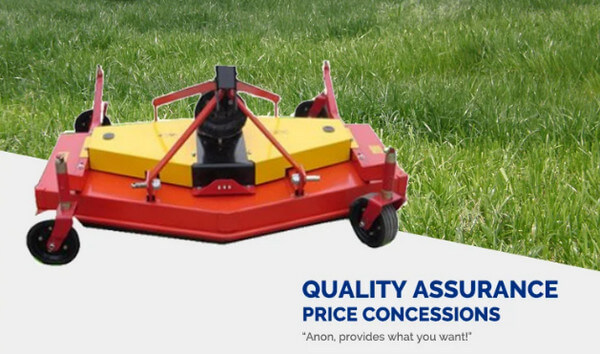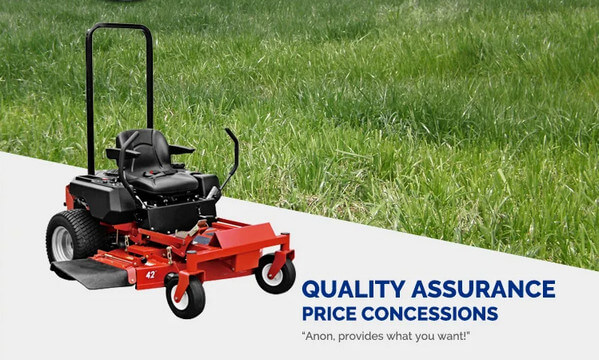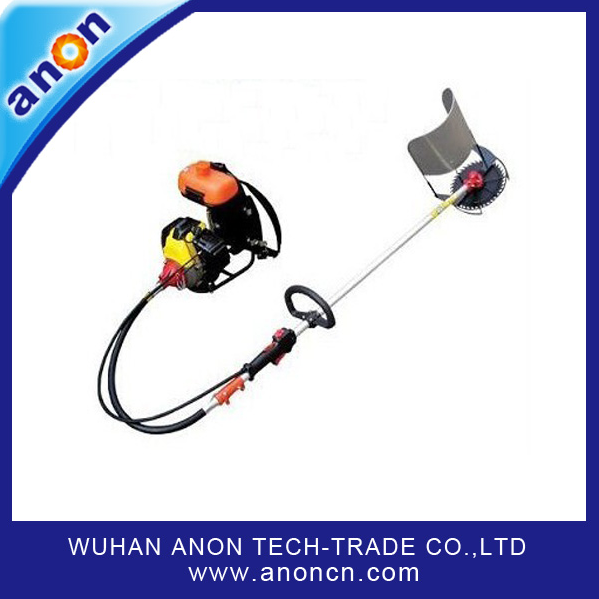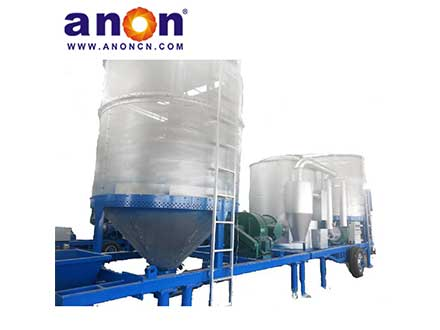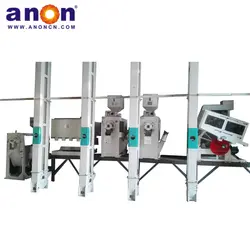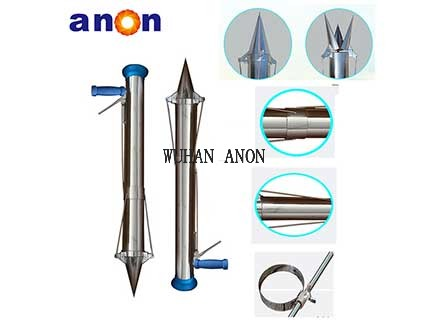Introduction
In modern society, lawn mowing is a necessary task for many homes and businesses. In order to complete the lawn mowing work more efficiently, zero-turn mowers have become the ideal tool of choice for more and more people.
Unlike traditional riding lawn mowers, it can achieve zero-degree turning. This means operators can easily maneuver in tight spaces to achieve precise mowing of the lawn. Now, let’s learn about zero-turn lawn mowers, and explore their pros and cons, whether they’re prone to tipping over, and how expensive it is to maintain.
What is a zero-turn lawn mower?
A zero-turn lawn mower is a uniquely designed lawn mower whose main feature is that it can achieve zero-turn operation. Traditional lawn mowers require certain adjustments and operations when turning. Zero-turn, through the cooperation of four independent operating levers, can achieve 360-degree turns without blind spots. This design allows the mower to easily handle complex lawn shapes and tight spaces, providing a more efficient mowing experience. The rear wheels of this lawn mower can rotate independently. This means the operator can turn the mower’s rear wheels in any direction, allowing for zero-degree turns. This steering style allows the zero-turn mower to easily turn in tight spaces for precise lawn mowing.
Advantages and disadvantages
After understanding the above product information, ANON will explain in detail the advantages and disadvantages of zero-turn lawn mower equipment. Next, let’s take a look at the pros and cons of zero-turn lawn mowers.
Efficiency
The zero-turn design makes the steering more flexible and allows for turning in a small space, improving work efficiency.
Controllability
The design of four independent operating levers makes the operation simpler and more intuitive. Users can easily control the movement and steering of the machine.
Comfortable
Zero-turn seats and suspension systems are generally designed to be more comfortable, reduce fatigue during prolonged use.
Uniform cutting effect
Due to its flexible steering, it can closely follow obstacles for trimming, reducing blind spots during trimming. The walking speed is fast but stable, and the grass cutting lines are neat.
Save time
The cutting width of the zero-turn lawn mower is larger than that of traditional riding lawn mowers, and its cutting efficiency is higher. At the same time, its zero turn function can reduce the time for reversing adjustment when encountering obstacles, which is 30-50% faster than traditional riding lawn mowers.
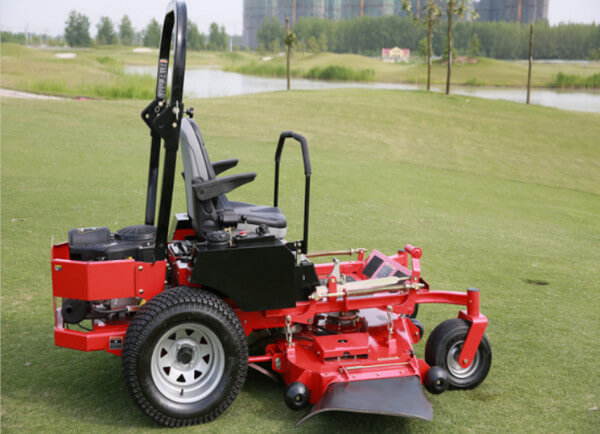
However, there are some disadvantages to zero-turn lawn mowers to consider:
Higher Price: Compared to traditional lawn mowers, it usually comes with a higher price tag, which may increase the cost of purchase.
Complex maintenance: Due to its complex mechanical structure and unique steering design, zero-turn maintenance and upkeep may require more time and skill.
Heavier weight: due to more mechanical parts, this type of lawn mower is usually heavier than a traditional lawn mower and can be difficult to carry and store.
Do zero-turn mowers tip over
Many people worry that a zero-turn lawn mower will tip over on the job. In fact, when used correctly, lawn mower equipment does not tip over easily. Its design and center of gravity keep it balanced, and it’s equipped with safety features to avoid hazards. However, users should be careful to avoid contact with the lawnmower in areas with excessive slopes during use to prevent accidents.
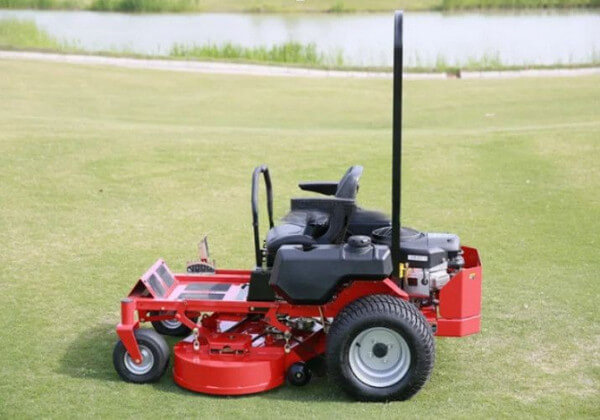
Whether your lawnmower will tip over depends on several factors, including the weight of the lawn mower, the grip of the tires, the skill of the operator, etc. Generally speaking, the heavier a zero-turn lawn mower is, the less likely it is to tip over. Additionally, the better the grip of the tire, the less likely it is to tip over. When operating machinery and equipment, operators should pay attention to maintaining balance and avoid excessive turning.
Maintenance Cost
Finally, let’s talk about maintenance costs. Daily maintenance is not complicated. Mainly includes replacing blades, cleaning the carburetor and air duct, adjusting cutting tools, etc. These maintenance tasks are not difficult for individual users to master. The maintenance cost of this lawn mower depends on a variety of factors, including the brand, model, frequency of use, and so on. Generally speaking, zero-turn mowers cost more to maintain than traditional mowers. This is because the zero-turn steering system is more complex. Therefore, more frequent care and maintenance are required.
Summarize
To sum up, zero-turn lawn mowers have become the first choice for lawn enthusiasts because of their convenient and fast mowing methods and efficient performance. Although its price is higher and maintenance costs are slightly higher, with reasonable use and correct maintenance, it brings neatness and beauty to your lawn. If you want to mow easily and have high requirements for lawn quality, then a zero-turn lawn mower is worth buying. Welcome everyone to come to the ANON platform to purchase lawn mower equipment. I believe we will provide you with satisfactory solutions.
FAQ
1. Are zero-turn mowers better than riding mowers?
Zero-turn mowers, due to their superior speed and maneuverability, are better suited for large, flat lawns with obstacles. Riding mowers, on the other hand, are better suited for sloped lawns or for users who need to operate attachments like snow blowers. Zero-turn mowers offer precise, sharp turns with their 360-degree pivot, but they require practice and are not suitable for steep slopes. Riding mowers offer a more familiar steering wheel, are more stable on uneven terrain, and are more versatile when used with attachments like snow blowers or carts.
2. What is the life expectancy of a zero-turn mower?
Zero-turn mowers typically have a lifespan of 5 to 15 years or longer, with a typical lifespan of 500-2,500 hours, but actual lifespan varies greatly depending on maintenance, quality, and usage. A typical lifespan for a home mower is 5-9 years, or around 500-1,000 hours, while a commercial mower built with higher-quality components can last 8-12 years, or even over 4,000 hours. Regular maintenance, including oil changes and blade sharpening, as well as proper storage, is crucial to maximizing the mower’s lifespan.



